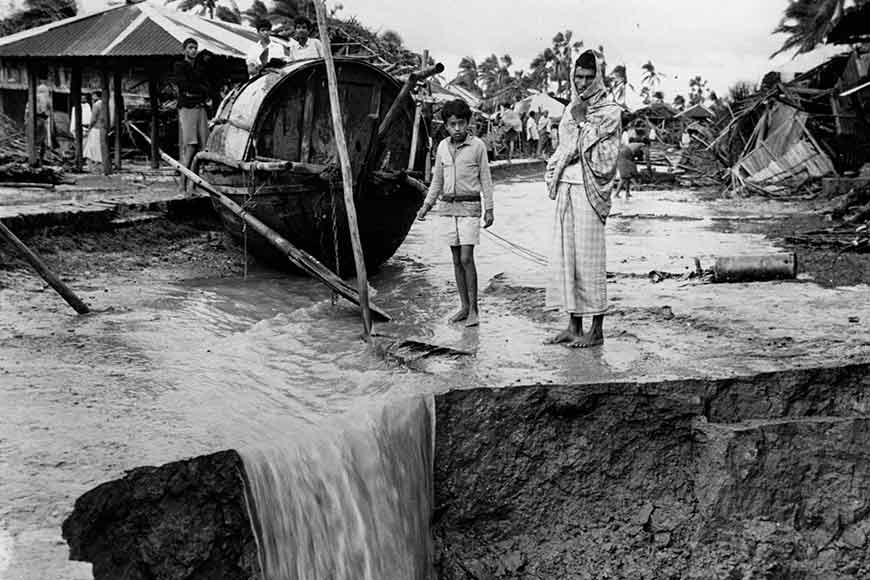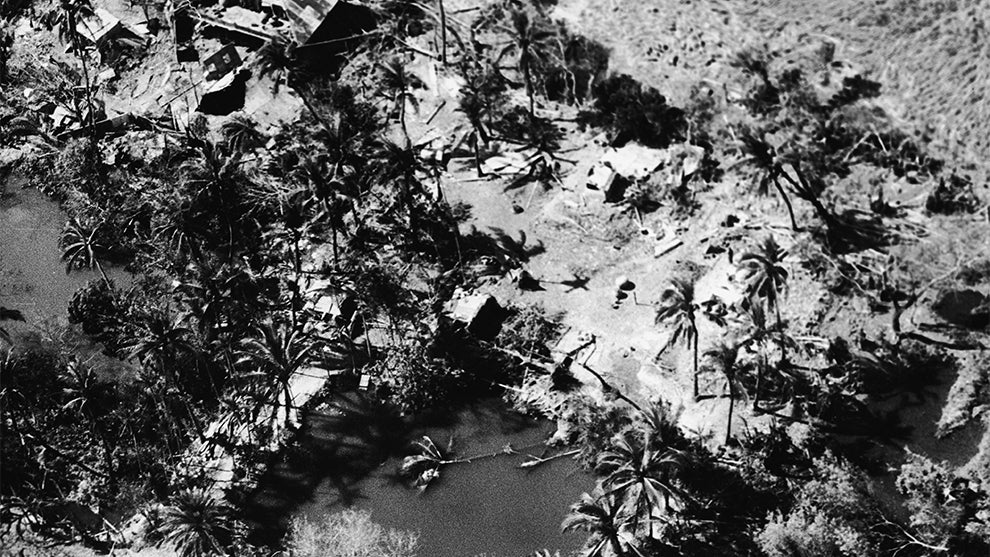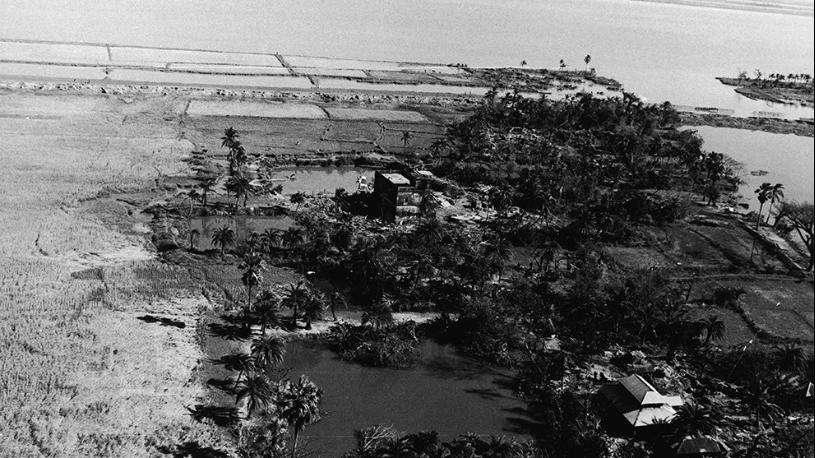Ganges-Brahmaputra delta cyclone, also called Bhola cyclone, catastrophic tropical cyclone that struck East Pakistan (now Bangladesh) on Nov. 12, 1970, killing hundreds of thousands of people in the densely populated Ganges-Brahmaputra delta. Even though it was not ranked in the top category of cyclone intensity scales, it was perhaps the deadliest tropical cyclone in recorded history and one of the greatest natural disasters.

The cyclone formed over the Bay of Bengal on Nov. 8, 1970. After reaching its peak wind speed of 115 miles (185 km) per hour, it made landfall on the coast of East Pakistan on November 12. The cyclone was accompanied by a storm surge (a rapid elevation of sea level) that flooded the low-lying region. An estimated 300,000 to 500,000 residents were killed, mostly through drowning, and entire villages were wiped out.

The Pakistani government’s handling of the rescue and relief operations was severely criticized by both the international media and local political leaders in East Pakistan.

Mounting frustration with relief efforts contributed to a victory for opposition politicians in the national elections held a month after the cyclone. The deteriorating political conditions culminated in a war that ended in 1971 with East Pakistan’s independence as the new country of Bangladesh.

Source: britannica.com







